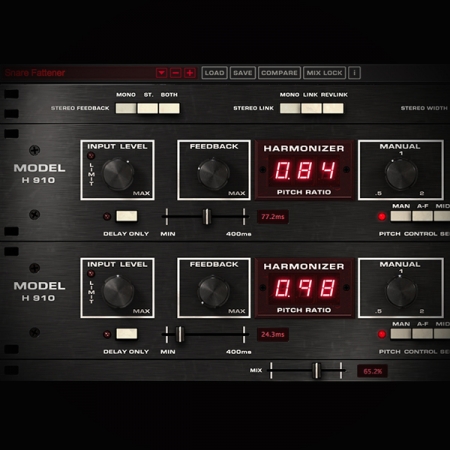Description
Valves/Tubes – what are they and how do they work video tutorial explain in detail how vales/tubes work and how to use them in colouring sounds and mixes.
Modern music, being produced and mastered predominantly in the digital realm, can suffer from too much digital clarity and can sound thin and sterile. For this reason alone we look to harmonic distortion processes to thicken, warm and soften digital recordings and one process that is both simple to use and affords lovely results is Valve/Tube processing.
Active gain stage
An active gain stage is another term for an amplifier and the fact that the amplifier raises the gain of the input signal means that there is an element of distortion associated with the process and result. Valves, or tubes, fall into this category. The way active gain stages work is actually not that complex; the output is controlled by the power (via the power supply) that is driven through the valve (grid) by the input signal. The higher the input signal value the more power is driven through the valve via the power supply. This will invariably account for variances, no matter how small, between the input and output stage. Tubes have always been associated with ‘warmth’ because of this process but don’t let this fool you as some poorly designed systems work against you instead of for you.
Valves/Tubes
Generally, the most common valves used are triodes (12AX7) which are mainly used for mic and line-level gain stages, and pentodes which are mainly used for amplifier stages. However, this is not set in stone as they can be alternated and used in any system and is dependent on the topology design and application. Triodes tend to produce both even and odd harmonics whereas pentodes tend to produce odd harmonics.
Valves/Tubes – what are they and how do they work tutorial also addresses the issue of valve types:
The choice of valve is important when dealing with distortion as the harmonic content is reliant on the type used. Of course, the design of both the circuit topology and powering comes into the equation but I don’t want this to be an epic journey into the world of electronics. I want to simply explain the basic differences between the types of valves and how the gain stages work as you will come across tube/valve selections in some VST plugins and it helps to know what you are dealing with and how the plug-in will behave.
Suffice to say that running any audio into a gain stage device will create its own character at the output stage and whether the choice comes down to using valves, solid-state etc is purely dependent on what works best. However, it is important to state that running audio through a solid-state device will add its own sonic character onto the output signal and this is why it is common practice to run audio through preamps and the like. BUT if it is warmth and fuzzy roundness you’re after Valves reign supreme.
In the Valves/Tubes – what are they and how do they work video I show you how to use Valves/Tubes to add harmonic distortion to your sounds and mixes. I explain what harmonic distortion, both odd and even, is and how we use it to add colour to our mixes. I show you each and every step of the process ensuring you have a clear understanding of the order of processes used.
Plugins used in this video:
Topics covered in this video are:
- What are Valves/Tubes
- How do they work
- Bias and Drive
- Filters and Filtering
- Density and Saturation
- Odd and Even Harmonics
- Best Practices
If this tutorial was of help maybe these will also be of benefit:
Harmonic Distortion – Odd and Even Harmonics
Tape Saturation – what is it and how do you use it
Layering Drum Sounds using Multiple Layers
EDM Kick Drum Processing using Valves/Tubes
Mix Bus Compressor Topologies – which compressor to use on the master bus











